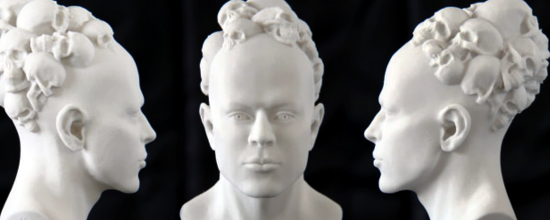

There is a ClothTwister brush that simulates the twisted cloth looks, as well as ClothWind which allows direction movements, and even ClothPinchTrails which creates a seam with pinched cloth. You have the choice to choose where folds will lay or you can freely move the geometry and create folds in real time. Users who use ZBrush for 3D printing miniatures for D&D or tabletop games should make sure to scale up the finer details in the model such as the head or hands because it helps when you are printing them in small scales such as 28-32mm.Īnother really cool feature is the controlled cloth sculpting which uses a dynamics engine to give you specific abilities to interact with your model with special brushes.

Check out the video below for a good walkthrough. Topology simply means a pattern of polygons that make up a mesh, so the smaller shapes that make up the bigger shapes in a model. There are many great features with ZBrush such as the Topology Brush which allows you to create accessories with a surface thickness, create a new topology to replace a patch of existing topology, or to create a surface for retopologizing your models. Other options like Maya or Blender are great for 3D printing also. ZBrush is a paid software so it may not be the best idea to go from beginner with it, but if you have more experience with 3D modeling and sculpting, it could be a great fit for you.


 0 kommentar(er)
0 kommentar(er)
